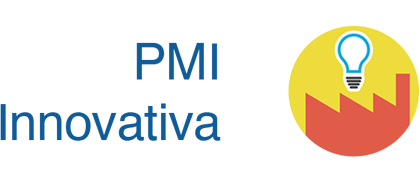General information
Whilst browsing, websites receive information through user cookies.
The cookies used allow the website to function according to your expectations. In this way, you will be able to have an optimal and customised experience.
On this screen, you can choose which cookies to allow, using the "active/inactive" cursor in each section.
We inform you that blocking some cookies could have a negative impact on your experience on our website.
For further information, please see the cookies policy page.
To reject all unnecessary cookies, please click here.






